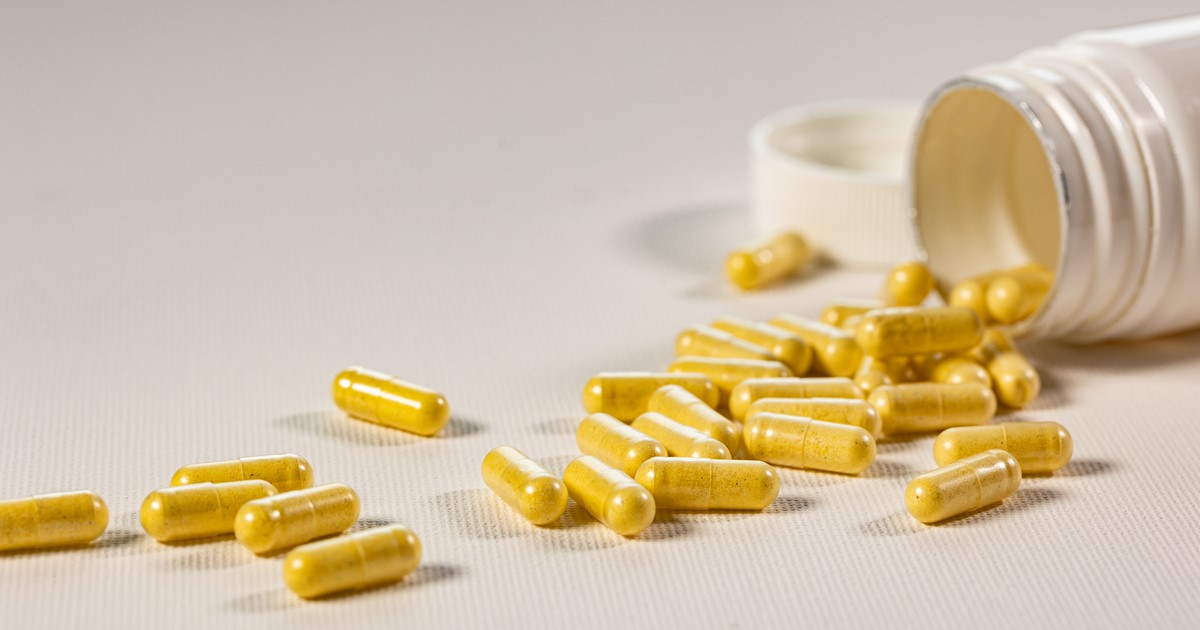
The academic behind the breakthrough tramadol research that led to the drug’s addition to the World Anti-Doping Agency [WADA] prohibited list, Professor Lex Mauger, recently met with the International Tennis Integrity Agency to discuss the implication of his findings for tennis players.
As of January 2024, tramadol is banned in-competition for tennis players, and Prof. Mauger of the University of Kent, whose WADA-funded clinical studies evidenced a significant performing-enhancing benefit for athletes, explains why opting to take the drug when out-of-competition represents a risk for tennis players, from both a doping control and physical wellbeing perspective.
Prof. Mauger said: “Firstly, tramadol is a pain reliever, quite a potent one, that might enhance performance. It might be that it allows them [tennis players] to push harder or work harder, cover more ground on the court.
“It might also be that if a player is working or performing with an injury, then masking that injury allows them to continue. If you’re looking at Grand Slam play, and you’re playing several matches over the course of a week or two weeks, then it might allow someone to continue on to the next match, and there might be short term gains associated with that – but there are also very real consequences, perhaps for masking injuries.”
“At the cost of short term gain, then it might be that you exacerbate an injury, that you’re out for a longer period of time. You might be able to continue to play, but at what cost?”
Tennis is a signatory to the World Anti-Doping Code, which means tennis players participating in member events, including ATP, WTA, ITF and Grand Slam competitions, must comply with WADA’s prohibited list at all times or risk a sanction under the Tennis Anti-Doping Programme (TADP).
For a substance to be added to the Prohibited List, it must satisfy at least two of three categories outlined by WADA. These are outlined as having the potential to enhance or enhance sport performance; representing an actual or potential health risk to the athlete; or violating the spirit of sport. Following Prof. Mauger’s research, tramadol was identified by WADA to fulfil all three criteria, with athletes’ welfare a core focus.
Prof Mauger. explains: “The other thing is tramadol is a narcotic, so it’s addictive. If you take tramadol or any narcotic for a period of time, the risk of becoming addicted to that substance is reasonably high. And with bad addiction, there’s a risk of things like depression, overdose – the incidence of suicide is quite high with dependency on narcotics.
“There are some quite harrowing testimonies from athletes who have become addicted to narcotics in sports. You can see that from football and rugby players, for example, where they’ve become addicted to substances like tramadol.”
Testing data from 2017 saw one in 23 doping control tests in cycling return a finding for tramadol, which led to the Union Cycliste Internationale (UCI) decision to ban the substance in 2019, and WADA to commission further studies into the effects of the drug on performance.
Prof. Mauger continued: “We had 27 very highly trained cyclists that we looked at in our randomized control trial, and we assessed their performance in a cycling time trial. What we found is that it was around a 1.3% improvement in their time trial performance.
“1.3% might not sound like a huge amount, but for that cycling cohort, that’s a really significant difference. If we rank order the cyclist in terms of their performance for all of our participants, if someone took tramadol, then someone in the lower half of the ranking would be moved into the middle top half of a ranking.
“It also would have changed the medal outcomes from that. So, the first, second, and third position cyclists would have changed places. The medal outcomes would have changed in our positions if someone had taken tramadol over someone who didn’t.”
The health risks associated with tramadol use are significantly reduced with an in-competition ban across all WADA-compliant international sports, but Prof. Mauger warns that use of alternative narcotics in sport could potentially be on the rise as a result.
“Of course, tramadol is now on the prohibited substance list. So, if a player was to take that in competition and they were tested and that came back positive, then they would be facing, or likely facing, a ban – but there are other pain relieving substances.
“There are other narcotic drugs which aren’t [banned], which operate in a similar way to tramadol, and there are similar risks associated with those as with tramadol, and those would require similar kind of consideration as to whether the risk associated with taking those was, frankly, worth it or not.”
To read the research in full, click here.
If you have any queries relating to the TADP, WADA’s Prohibited List, or any require any further information, click here to visit the ITIA’s dedicated anti-doping resources page.
